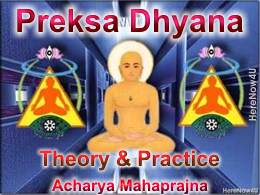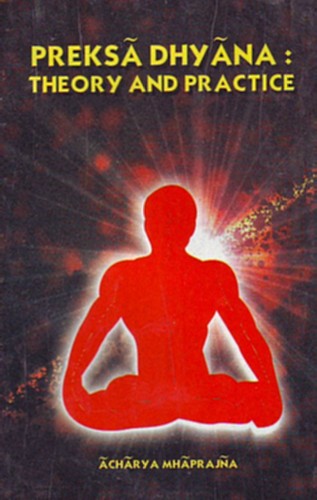
A living organism is an organic unity of two elements - a nonmaterial conscious element called 'Psyche' or soul, and a material element called body. This is the view of spiritualistic philosophy. On the other hand, the non-spiritualists or the materialists do not accept the separate independent existence of soul. The spiritualists believe in fundamentally separate existence of the elements, and in particular, the eternal and indestructible nature of the soul.
Whereas the materialists' comprehension of the organism is circumscribed by the limits of the gross body, sense-organs and brain, the spiritualists' view extends further and adds a subtle taijasa sarira, a more subtle karma sarira, conscious mind (citta), psychical expression (adhyavasaya) and finally the psyche of the soul itself as the constituents of the living organism. Thus, according to them, the soul itself i.e.conscious substance[1] (dravya atman) forms the nucleus of the organism.
| [1] Conscious element, common as it is to all living beings, is still a perfect mystery to science. The physical world in which the experiences of sense-organs occur does not constitute the sole area for the operation of living organism at all levels of its existence. Man, in all countries, in all ages and at all stages of culture, has sought to penetrate into other regions of consciousness that lie outside the scope of the normal faculties. There are other levels, not so far amenable to explanation in scientific terms, of which it is possible to have first-hand experience. Man functions at several levels, and at each level a different facet of his multiform existence is brought into operation. There is the body, the tangible part of him, that everyone accepts. |
It is surrounded by an envelope of contaminating field producing malevolence (kasaya), created by karma sarira. The latter not only circumscribes but also governs the psychic activity. Transcendentally the soul is the supreme ruler, but actually the authority of kasaya is so powerful that the ruler is unable to act independently. The soul radiates the psychic energy, but the radiation has to pass through the domain of kasaya. During their passage, they interact with kasaya and form a new field called the domain of adhyavasaya i.e. the primal psychical expression. Further, it intermingles with the other subtle body (taijasa sarira), and the resultant effect proceeds further in biochemical and bioelectrical forms. The cerebral activity is to follow much later. Spiritualists give more importance to adhyavasaya as compared to cerebral activity.
While the mental states due to cerebral activity are not found in all living organism but only in vertebrates with brain, adhyavasayas are present in each and every living organism including plants. Acharya Mahaprajna
Acharya Mahaprajna

